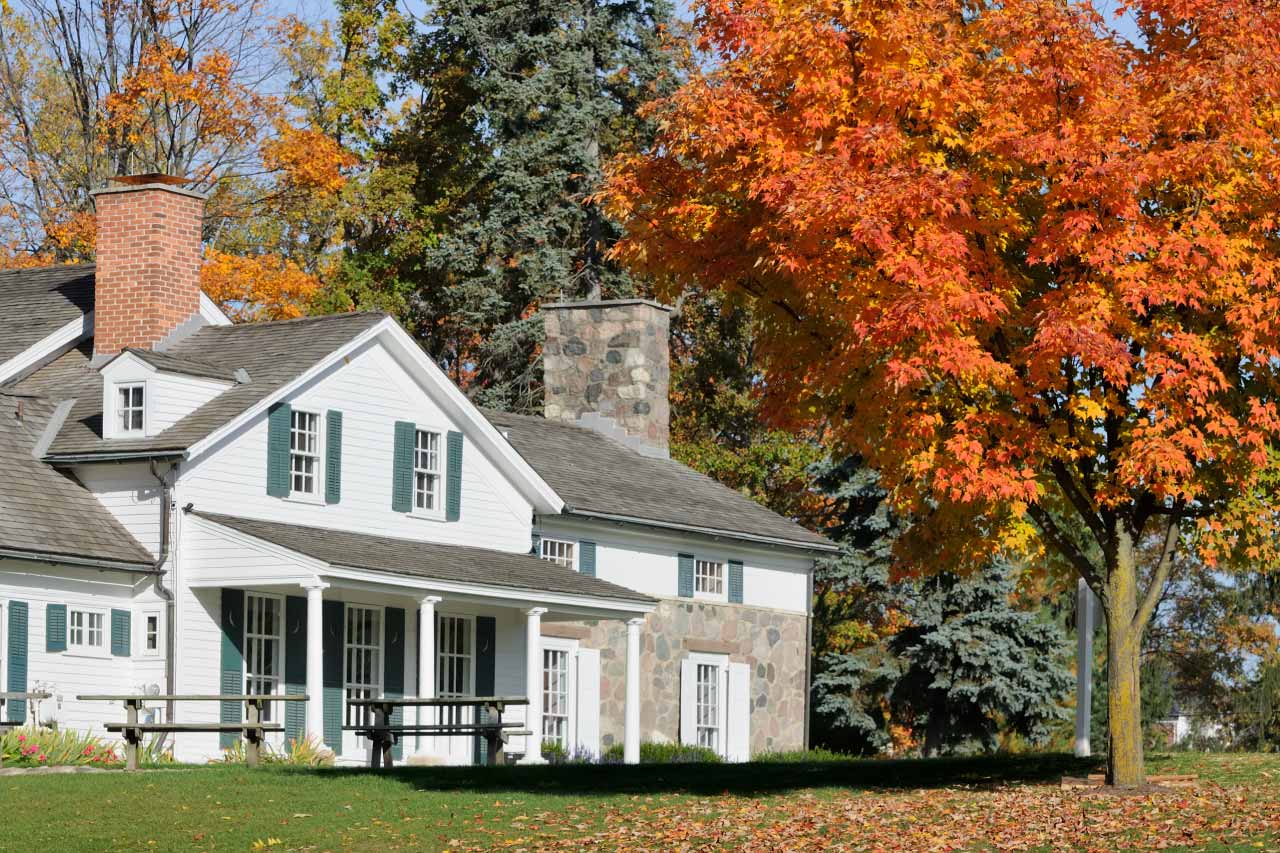
Home Genius Exteriors
Home Genius Exteriors
Elevate your home with Home Genius Exteriors, setting the standard in New Jersey by offering full-service solutions for roofing, siding, windows, doors, gutters and insulation. We support our veterans and communities by supporting local and national charitable organizations through our Home Genius Cares initiative. With an Owens Corning® Platinum Preferred designation, we also offer flexible payment options, industry leading warranties and a wide range of premium products tailored for your home. It’s time for a different experience, entrust your next home project to a genius and schedule your free inspection today!
"They were cordial, cleanup was amazing. They work together so well , it was a pleasure working with home genius. Ivan and his crew did amazing"
Nancy M on October 2025
Elevate your home with Home Genius Exteriors, setting the standard in New Jersey by offering full-service solutions for roofing, siding, windows, doors, gutters and insulation. We support our veterans and communities by supporting local and national charitable organizations through our Home Genius Cares initiative. With an Owens Corning® Platinum Preferred designation, we also offer flexible payment options, industry leading warranties and a wide range of premium products tailored for your home. It’s time for a different experience, entrust your next home project to a genius and schedule your free inspection today!
"They were cordial, cleanup was amazing. They work together so well , it was a pleasure working with home genius. Ivan and his crew did amazing"
Nancy M on October 2025
















